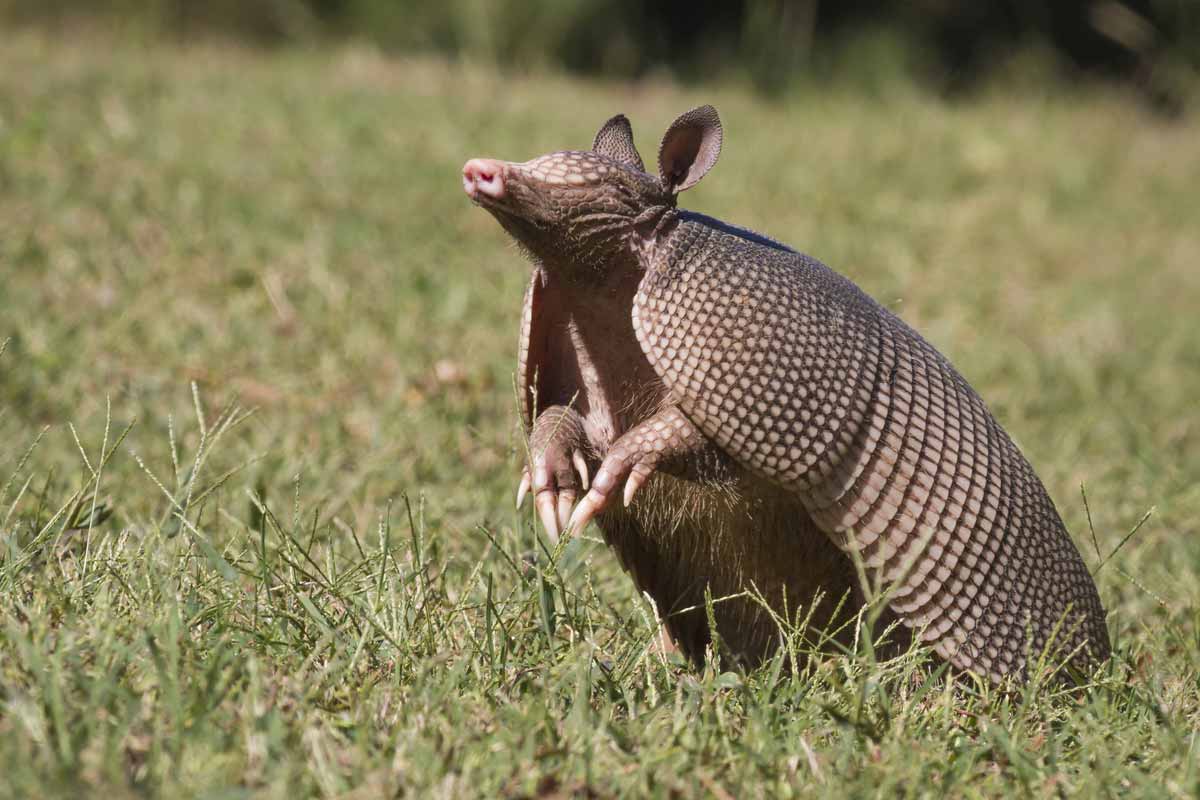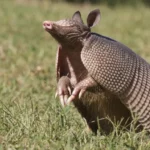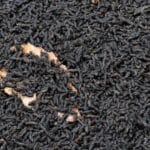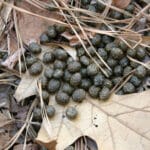This guide explores the world of armadillo poop, offering insights into its identification, the animal’s habits, potential health risks, and the fascinating role of armadillo scat in ongoing research.
Decoding Armadillo Droppings
Let’s delve into the often-overlooked world of armadillo poop. While not glamorous, understanding their scat can be surprisingly informative. If you live in an area inhabited by these armored critters, knowing what to look for can help you understand their habits, manage their presence, and protect your health.
Armadillo droppings appear as small, dark brown to black cylindrical pellets, often clustered together. They’re roughly 1-1.5 inches long and about 0.5 inches in diameter, resembling hardened clay with a sometimes slightly shiny appearance. The texture is typically dry and crumbly. The color can vary from dark brown to a lighter tan, sometimes even appearing almost black. This variation probably reflects dietary differences.
Where to Find Armadillo Scat
Armadillos are diggers, so look near their burrows—small holes often located at the base of trees, shrubs, or structures. You’ll probably also find their scat near feeding areas, such as gardens, flowerbeds, and lawns where they root for insects and grubs. Interestingly, armadillos are often found near water sources like rivers, streams, and ponds, as these areas teem with insects and other invertebrates. You might even spot their scat on the shoreline or nearby vegetation.
Health Risks and Precautions
Armadillos can carry the bacteria that causes leprosy (Hansen’s disease). While the risk of transmission to humans is low, it’s essential to take precautions. Avoid direct contact with armadillo feces. Always wear gloves when gardening or working outdoors in areas where armadillos might be present, especially when cleaning up suspected droppings. Thorough handwashing after any potential contact is crucial, even if you wore gloves. Keep in mind that, like many wild animals, armadillos may also carry other bacteria such as Salmonella and Leptospira.
The Armadillo Diet and Its Impact on Scat
Armadillos are primarily insectivores, meaning their diet mainly consists of insects and grubs, which contributes to the dark color of their droppings. They also consume other invertebrates, and sometimes supplement their diet with plant matter, leading to variations in scat color. The presence of insect exoskeletons in the poop confirms their insectivorous nature. If they’ve been eating plants, you might notice fragments of leaves or roots. Ongoing research suggests that soil composition and individual digestive processes may also play a role in scat appearance. There is also ongoing research into whether scat can reveal an armadillo’s age or overall health.
Distinguishing Armadillo Poop
If you’re unsure, compare the droppings to those of other common animals:
| Feature | Armadillo Poop | Raccoon Poop | Opossum Poop | Skunk Poop |
|---|---|---|---|---|
| Size | Small, olive-sized | Larger, more variable in size | Larger, often tapered at one end | Similar in size to raccoon poop |
| Shape | Cylindrical, pellet-like | Variable, may contain undigested food | Variable, can be chunky or tubular | Often smeared, less defined shape |
| Color | Dark brown to black, can be lighter | Dark, often with berries or seeds | Dark brown to black | Dark black, sometimes with insect parts |
| Odor | Earthy, if any | May have a slightly musty odor | Musky, sometimes strong | Very strong, pungent odor |
Managing Armadillos and Their Droppings
The best way to prevent armadillo poop from becoming a nuisance is to discourage the animals themselves. Effective strategies include fencing (extending at least a foot underground), modifying their preferred habitat (reducing grub populations through integrated pest management), and using commercial repellents (though effectiveness may vary). Some experts suggest a combination of methods works best.
The Role of Armadillo Scat in Research
Citizen science initiatives are collecting armadillo scat data to track populations and monitor the prevalence of leprosy in armadillos and other wildlife. This research highlights the value of even seemingly mundane observations in understanding complex ecosystems. Some experts believe that studying armadillo scat could also provide valuable insights into insect populations and even environmental health. Perhaps scat composition analysis could reveal species-specific variations and diet adaptation to different ecosystems.
What Does Armadillo Stool Look Like?
Armadillo scat provides a fascinating glimpse into their lives. These droppings are typically cylindrical pellets, roughly 1-1.5 inches long, often clustered together. The color ranges from dark brown to lighter tan, likely due to dietary variations. Their primarily insectivorous diet means you might see insect exoskeletons in the droppings. However, as opportunistic omnivores, they also consume grubs, worms, plants, and even small vertebrates. Scat location provides further clues: near burrows, water sources, or foraging areas like gardens and yards. While research into the correlation between age/health and scat characteristics is ongoing, it’s a promising area of study. Understanding armadillo scat helps us understand their ecological role and assess potential health risks, such as disease transmission.
Do Armadillos Poop Pellets?
Yes, armadillo droppings are indeed small, dark brown or black cylindrical pellets, roughly 1-2 inches long. These pellets offer clues about their diet, primarily insects, but also plants, soil, and other invertebrates. You’ll likely find these pellets near their burrows (under bushes, decks, or sheds), foraging spots (gardens, lawns, wooded areas), or water sources. The specific insects they eat can influence the color and consistency of their poop. Handle armadillo poop with caution, as it can harbor potentially harmful bacteria and parasites. Ongoing research suggests studying armadillo scat may provide valuable insights into insect populations and environmental health. Always wear gloves when handling these pellets.
How Can I Tell What Animal Is Pooping in My Garden?
Identifying animal poop involves careful observation:
Size, Shape, and Color
These are the first clues. Rabbit droppings are small, round, dark brown pellets. Fox poop is longer, pointier, and dark brown or black, sometimes containing fur, bone, or feathers. Armadillo scat is small, cylindrical, crumbly, and dark brown, often with soil and insect parts.
Location
Consider the surroundings. Poop on higher surfaces belongs to climbers. Poop near burrows or dig marks suggests ground dwellers. Fox scat is often in visible spots, marking territory.
Contents
Examining contents (with gloves and tools) reveals diet and habits. Fox scat may contain remnants of meals. Rabbit droppings will likely have undigested plant material. Armadillo poop often includes insect exoskeletons.
Additional Tips
Consult field guides, take notes, set up a wildlife camera (optional), and prioritize safety by avoiding direct contact with droppings.
| Feature | Rabbit | Fox | Armadillo |
|---|---|---|---|
| Size | Small, pea-sized | Medium, about 2-4 inches | Small, about 1 inch |
| Shape | Round | Elongated, tapered | Cylindrical, pellet-like |
| Color | Dark brown | Dark brown to black | Dark brown, often with soil |
| Contents | Plant material | Fur, bones, feathers | Insect parts, soil |
| Typical Location | Latrines, grassy areas | Trails, open areas | Near burrows, disturbed ground |
Remember, these are general guidelines; variations exist. Even if you can’t definitively identify the pooper, enjoy the learning process.
Discover the captivating beauty of the black saddled toby, a fish renowned for its distinctive markings and vibrant personality.
- China II Review: Delicious Food & Speedy Service - April 17, 2025
- Understand Virginia’s Flag: History & Debate - April 17, 2025
- Explore Long Island’s Map: Unique Regions & Insights - April 17, 2025
















